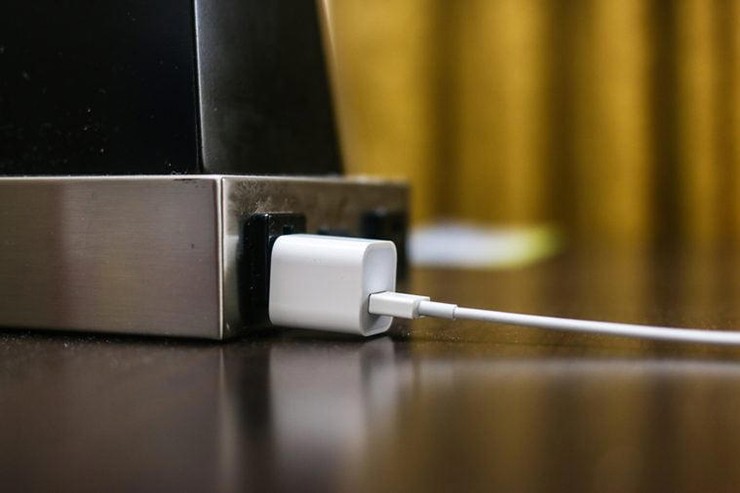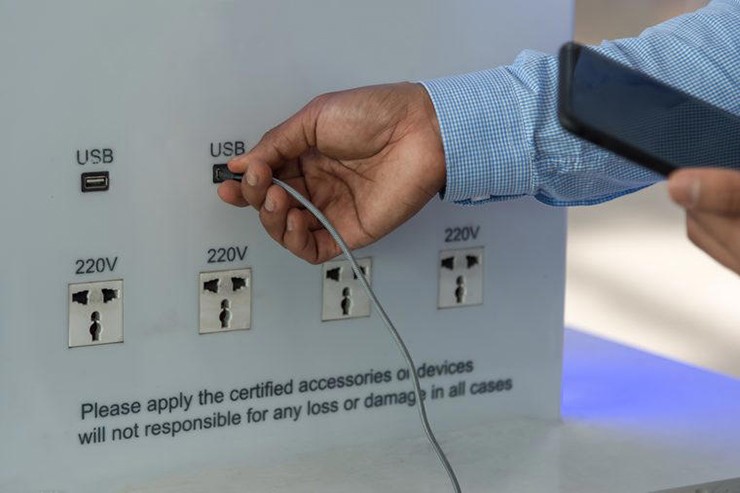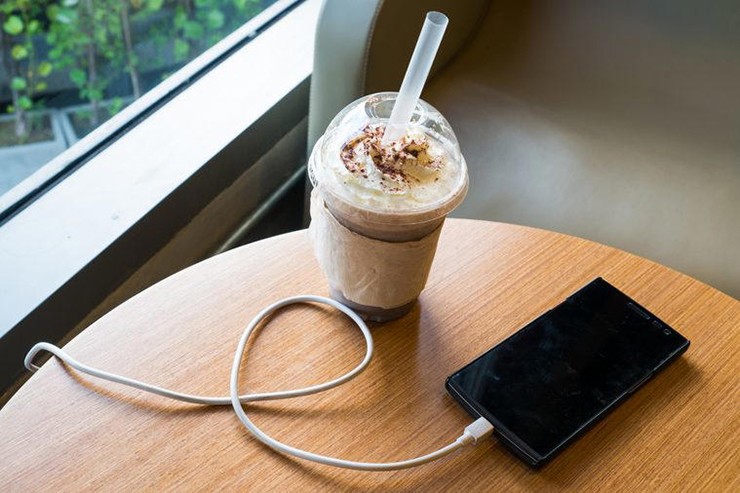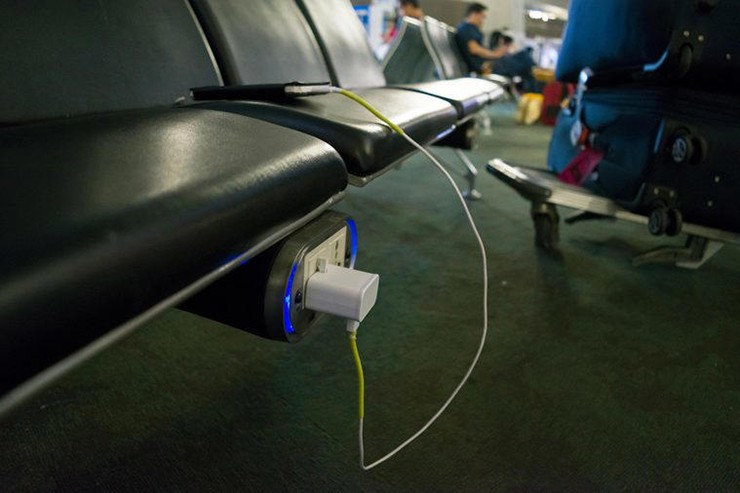Public charging stations may seem like a welcome solution for travelers, but using them can get them into trouble.
Even when you are in a hurry to catch a flight or a train, you should not plug in your smartphone to charge . That is just one of the places you should pay attention to. Let's find out.
Airport, train station or bus station
Airports have plenty of charging stations and places where users can plug in, but trusting unfamiliar devices is a dangerous place because often, places where people don’t think about the security of their devices or may be in a hurry, become ideal spots for bad guys to come and set up juice jacking to extract data from connected phones. It’s best to bring your own charger and cable to ensure you don’t become a victim.
Illustration photo.
The same goes for airports, where hackers can set up a free charging station at a train or bus station for juice jacking purposes. When people plug their phones into the USB port, their phones will be charged but their sensitive data will also be copied.
Bus, taxi, carpool
Nowadays, users can find public USB charging ports everywhere, including buses, taxis, and shared cars. They are convenient and often easier to find than electrical outlets. But instead of using these USB ports, users should use an adapter with a power outlet or invest in a portable charger because USB in the car can cause uneven voltages, damaging the phone when plugged in for long periods of time.

Illustration photo.
Tourist attractions
When your phone runs out of battery while you’re at a tourist spot but you urgently need power to stay connected or simply take a souvenir photo, you might turn to public kiosks at tourist spots. Not only can this be dangerous for your device, but someone could also remotely turn on your camera or microphone.
Shopping mall
Users are also asking for trouble if they use a public kiosk at a mall to charge their devices, as the USB charger can connect to the phone and send the contact list, emails and text messages, voicemails, photos and videos on it to hackers. They can also copy passwords, banking data, personal contacts and other data stored on the phone. This public USB charger can even transfer programs, such as malware, to the user's phone.

Illustration photo.
Library
Libraries may seem like a safe space, but users should still avoid plugging their smartphones into any USB port outside of their control. While libraries may seem perfectly fine, there’s a risk of transferring data or something even more dangerous, like rooting the device. There’s no way to know if public charging stations have been compromised in some way, so it’s best to be safe than sorry.
Cafe
Cybersecurity experts warn that criminals are installing hidden readers and downloaders between USB ports and power outlets in coffee shops, airports, waiting rooms, and other public places. So when users charge their devices while sipping a drink at a coffee shop, they could be opening themselves up to identity theft.

Illustration photo.
Not only that, the phone can be infected with malware that is downloaded to the phone, after which the criminal will simply monitor the user's phone usage and wait to collect any financial data or sensitive information, as well as use the user's mobile data plan to make fraudulent transactions.


